Full Moon Calendar 2022-2023: When to See the Next Full Moon
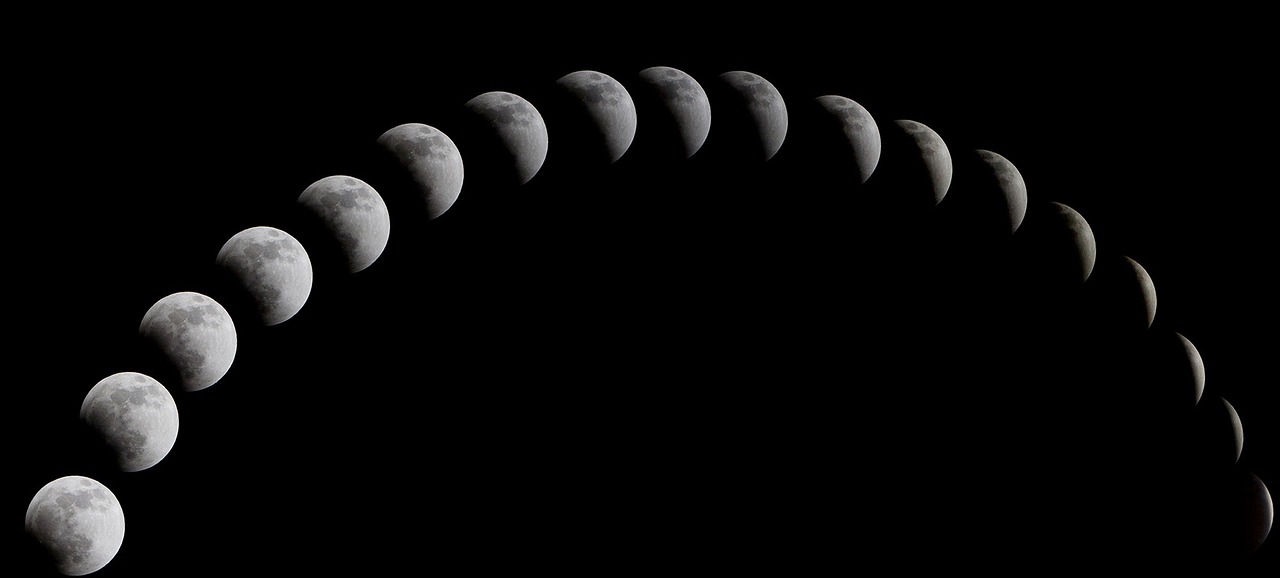
Find everything you want to know about the full moon calendar, its occurrence, and some interesting facts that will amaze you.
Full Moon Calendar Oct 2022- Dec 2023
To find out when the next full moon is, look at the table below. All these moons have different names and unique reasons behind them that you will get to know further in the article.
| Full Moon Date | Time(UTC) | Full Moon Name |
| 9 October 2022 | 21:55 UTC | Hunter’s Moon |
| 8 November 2022 | 11:02 UTC | Beaver Moon |
| 8 December 2022 | 04:08 UTC | Cold Moon |
| 6 January 2023 | 23:08 UTC | Wolf Moon |
| 5 February 2023 | 18:29 UTC | Snow Moon |
| 7 March 2023 | 12:40 UTC | Worm Moon |
| 6 April 2023 | 04:34 UTC | Pink Moon |
| 5 May 2023 | 17:34 UTC | Flower Moon |
| 4 June 2023 | 03:42 UTC | Strawberry Moon |
| 3 July 2023 | 11:39 UTC | Buck Moon |
| 1 August 2023 | 18:31 UTC | Sturgeon Moon |
| 31 August 2023 | 01:35 UTC | Full Blue Moon |
| 29 September 2023 | 09:57 UTC | Corn/Harvest Moon |
| 28 October 2023 | 20:24 UTC | Hunter’s Moon |
| 27 November 2023 | 09:16 UTC | Beaver Moon |
| 26 December 2023 | 00:33 UTC | Cold Moon |
What is a full moon?
The full moon is referred to as the stage when the moon comes as a complete circle. Different cultures have different beliefs about the full moon. A lot of religions also have their own perceptions regarding the moon phases.
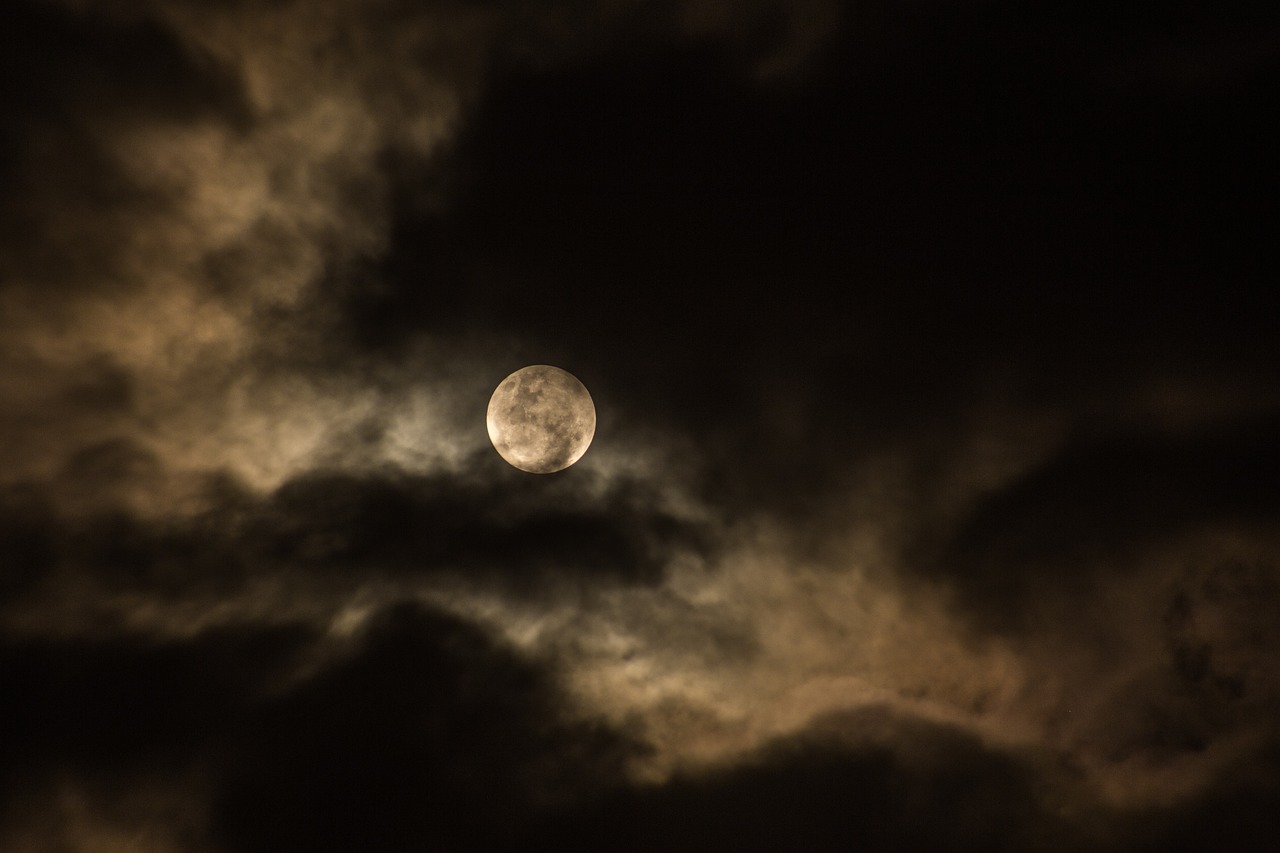
How can there be a full moon during the daytime?
The table above shows the time of every full moon you can observe. You might be wondering why the chart shows daytime. The reason is that the time which is written refers exactly to the moment when the Moon and Sun are aligned on opposite sides of Earth. This alignment is called syzygy. This is the specific time when the moon can be referred to as the Full Moon.
“The Moon was made when a rock smashed into Earth”
Different names of all full moons
A lot of different cultures have given different names to every month’s full moon. The chart shows all kinds of names that some popular cultures of the world have named.
| Months | Colonial American | Celtics | Chinese | Cherokeee | Madieval England | Dakotah Sioux | Old Farmer’s Almanac |
| January | Winter | Quite – Storm | Holiday | Cold | Wolf | Of the terrible | Wolf |
| February | Trapper’s | Ice – Chaste | Budding | Boney | Storm | Of the raccoon | Snow Moon |
| March | Fish | Winds – Seed | Sleepy | Windy | Chaste | When eyes are sore from bright snow | Worm Moon |
| April | Planter’s | Growing – Hare | Peony | Flower | Seed | When geese return in scattered formation | Pink |
| May | Milk | Bright – Dyan | Dragon | Plating | Hare | When leaves are green | Flower |
| June | Rose | Horse’s – Mead | Lotus | Green Corn | Dyan | When june berries are ripe | Strawberry |
| July | Summar | Claiming – corn | Hungary | Ripe Corn | Mead | Of the middle summer | Buck |
| August | Dog’s Day | Dispute – Barley | Harvest | Fruit | Corn | When all things ripen | Sturgeon |
| September | Harvest | Singing – Blood | Chrysanthemum | Nut | Barley | When the calves grow hair | Harvest |
| October | Hunter’s | Harvest – snow | Kindly | Harvest | Blood | When quiling and beading is done | Hunters |
| November | Beaver | Dark – Oak | White | Trading | Snow | When horns are broken off | Beaver |
| December | Christmas | Cold – Wold | Bitter | Snow | Oak | Twelfth moon | Cold moon |
Meaning behind American full moon names
Above mentioned names are followed by specific cultures and countries. The most common names that are used across the world are American names. The reasoning behind these names is far different. The descriptions will give you some amazing insight that you have never thought of before.
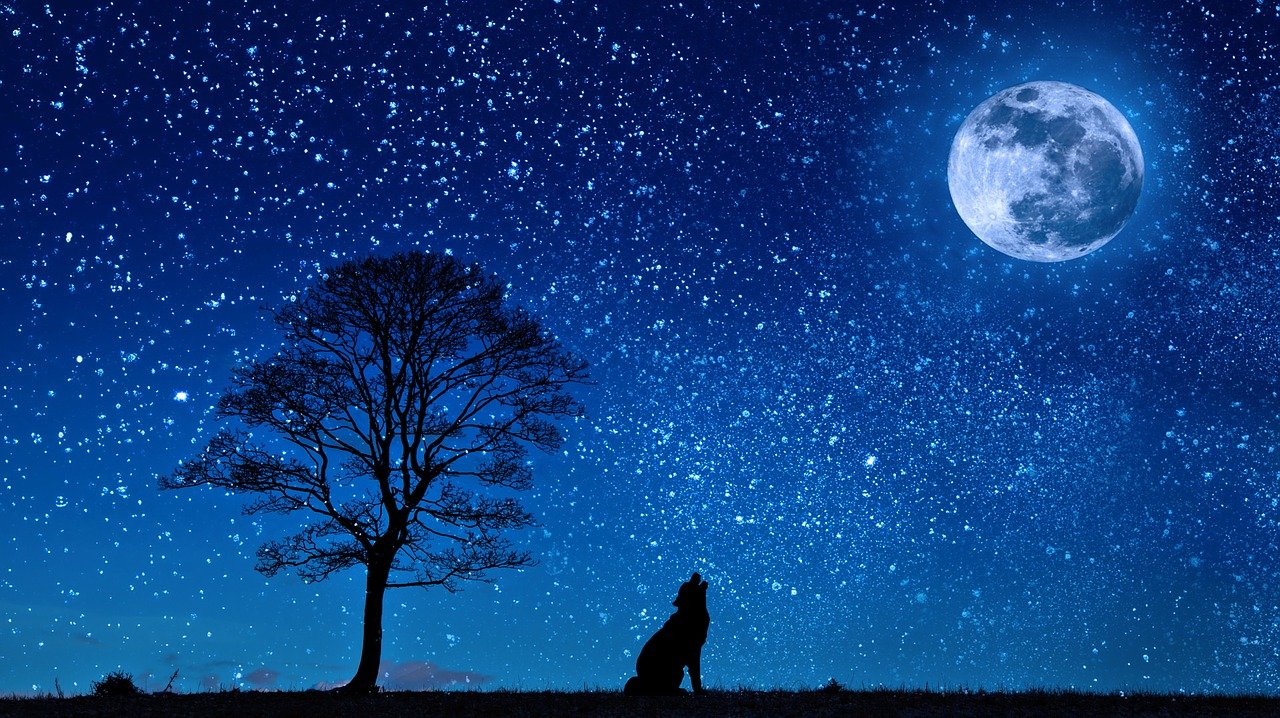
January: Wolf Moon
Wolf moon refers to the howling of the wolves that occurs, especially during the month of January. The Americans also refer to the wolf moon as the ice moon and the old moon.
February: Snow Moon
February is all about snow that makes up the entire name of the full moon that you see this month.
March: Worm Moon
March is the month when winter is about to end. During this time, the worm trial starts to grow in the ground. This is the reason why the March moon is referred to as the worm moon.
April: Pink Moon
In April, you will find the blooming of wildflowers in America. This sprouting of the grass brings in natural pinkish color to the environment.
May: Flower Moon
May is the spring season when you will find flowers everywhere you go in America. In many other cultures, the May Moon is also referred to as the planting moon and milk moon because of the spring season.
June: Strawberry Moon
Strawberries are harvested in the month of June, makes the complete reason behind the meaning of strawberry moon.
July: Buck Moon
Buck moon has everything to do with animals, especially deer. The male deer sheds antlers and then regrows them during the month of July. Deer is also called a buck, after which the moon is named after.
August: Sturgeon Moon
In the seas and oceans, the fishermen, get hold of a large quantity of Sturgeon fish. These are very rare to catch or see during the other months. This is why this unique quality makes up the name of the full moon of august.
September: Full Corn Moon
In September, all the fields and crops are gathered. During this time, all the crops are in fresh condition and ready to be harvested.
October: Hunter’s Moon
October is a rich month for hunters. The easy targets for hunting include deer and fox. The reason behind it is that the crop is all gone, making it very easy for the hunters to locate the animals.
November: Beaver Moon
There is heavy activity among the beavers during this time. This is why the Americans started calling the moon the beaver moon.
December: Cold Moon
December is the start of winter. It is the month that people wait very dearly to enjoy multiple happenings and events in amazing weather.
Phases of the moon
Every month, the moon passes from all the similar phases. It goes from the full moon to the waning crescent and then from there to the full moon again. This is a never-ending cycle that is repeated every month. Grab the information about each phase in detail.
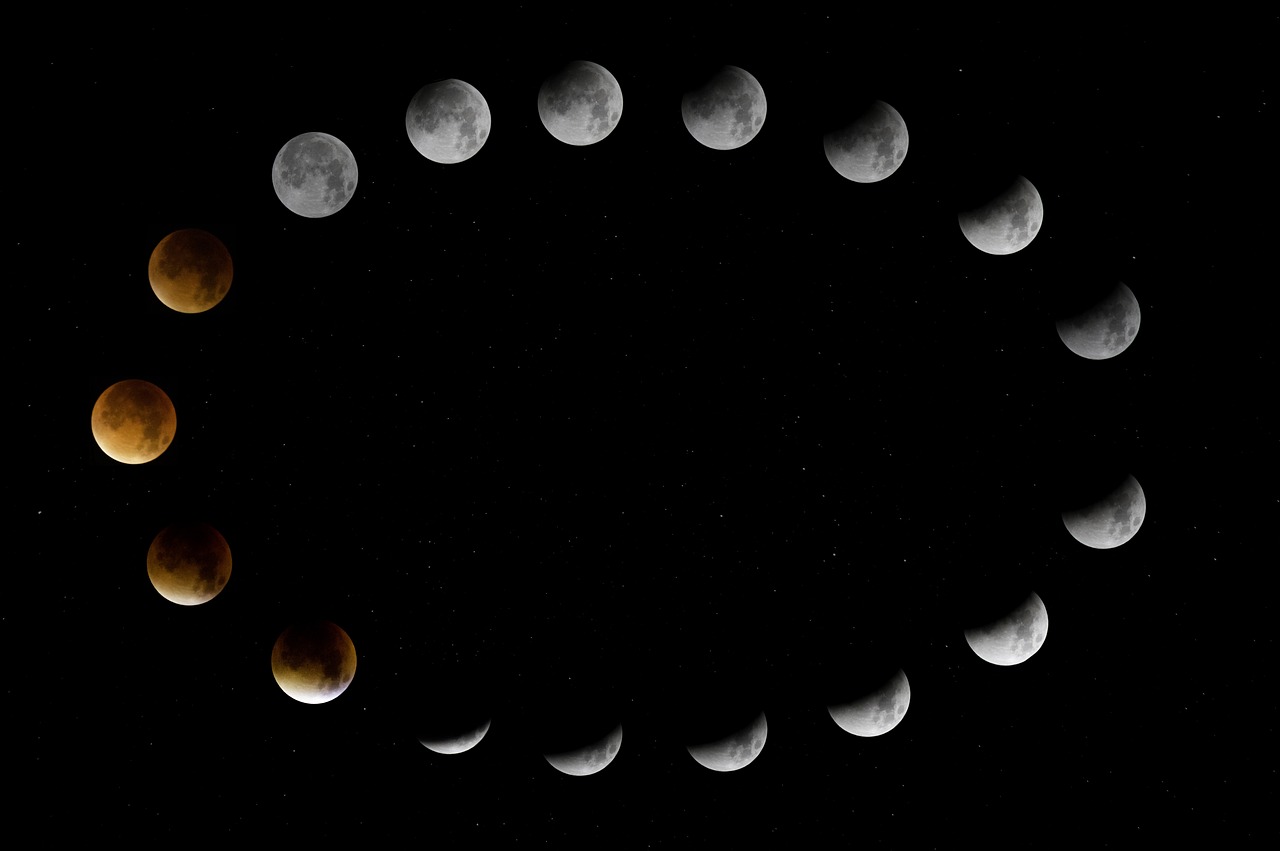
New moon
During this phase, the moon is in the invisible phase. It is located between the Earth and Sun. This results in a solar eclipse that happens in some parts of the world.
Waxing crescent moon
With 0.1% to 49.9% of illumination, the new moon shifts towards the first quarter moon.
The left side of the moon is lit in the Southern hemisphere, and the right side is lit in the Northern Hemisphere.
First quarter
The sky during this time shows just a slice of the moon. This moon is quite high in the sky, and it gives a perfect view to the people. It is present directly at a 90-degree angle from the sun, showing the entire half-side lit up.
Waxing gibbous moon
Until now, the first quarter is complete, and it is moving towards the full moon. The illumination is from 50.1% to 99.9%. This is very bright in the sky and can be clearly located.
Full moon
This moon is at 100% illumination. The location of the sun is on the opposite side of the moon. A lunar eclipse happens in some parts of the world during this time. It is a perfect sight for people to enjoy nature.
Waning gibbous moon
After this step the moon in motion shifts towards wane. It moves towards the third quarter phase of the moon. For the naked eye, it still looks like a full moon.
Third quarter moon
In the third quarter, the illumination is at 50%. The moon has successfully completed three-quarters of its orbit till this time.
Waning crescent moon
From the third quarter, it starts to shift towards the new moon. You can see the earthshine at this time. The cycle then repeats every month and passes through all the phases mentioned above.
Moon phases of October 2022 – December 2023
If you want to observe all the phases of the moon in a month, then see the upcoming dates and timings. The chart will help you in detecting at which phase the moon is currently in.
| Month | New Moon | First Quarter | Full Moon | Third Quarter |
| October 2022 | 25 | 3 | 10 | 17 |
| November 2022 | 24 | 1 | 8 | 16 |
| December 2022 | 23 | 30 | 8 | 16 |
| January 2023 | 22 | 28 | 7 | 15 |
| February 2023 | 20 | 27 | 5 | 13 |
| March 2023 | 21 | 29 | 7 | 15 |
| April 2023 | 20 | 28 | 6 | 13 |
| May 2023 | 19 | 27 | 5 | 12 |
| June 2023 | 18 | 26 | 4 | 10 |
| July 2023 | 17 | 26 | 3 | 10 |
| August 2023 | 16 | 24 | 31 | 8 |
| September 2023 | 15 | 22 | 29 | 7 |
| October 2023 | 14 | 22 | 29 | 6 |
| November 2023 | 13 | 20 | 27 | 5 |
| December 2023 | 13 | 19 | 27 | 5 |
How often does the full moon occur?
The lunar cycle is completed after every 29.5 days. As there are different numbers of days in a month, therefore sometimes in one month, there is a possibility to see two full moons.
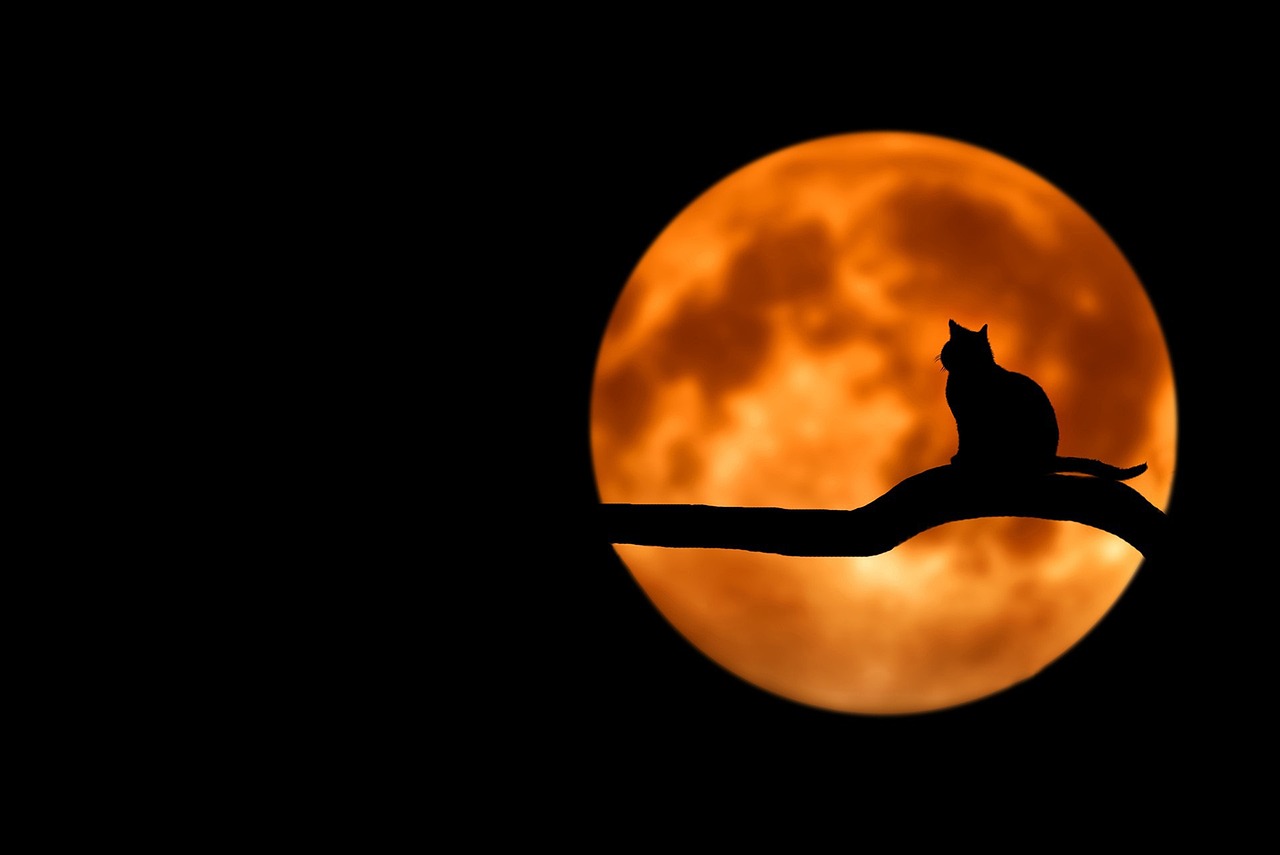
What is a supermoon?
The time when the moon is furthest from the Earth is known as lunar apogee, and the time when it is closest to the Earth is referred to as lunar perigee. Whenever the lunar perigee happens, it is referred to as the Supermoon. At the time of lunar apogee, the moon is referred to as the micro moon.
What is a wobbly moon?
The moon surely goes through different phases in a month that are explained above, but still, there are some twists and rolls that can also be seen. People are curious to know what the reason behind it is.
The answer is that the moon’s orbit is not perfectly circular. Due to this reason, the distance of the moon from earth changes with every phase. Its rotation around the earth remains the same. In this manner, people can see various sides of the moon because of the changes in its orbit and in its rotation.
Moon calendar – ending points
Full moon is a great sight to enjoy. People especially visit the mountains just to see the bright and full moon of the month. Here, in this article, you will read all about the dates and timings of the upcoming full moon. The information about the different names and meanings behind the moon is quite interesting, and very few people have knowledge about it.

-
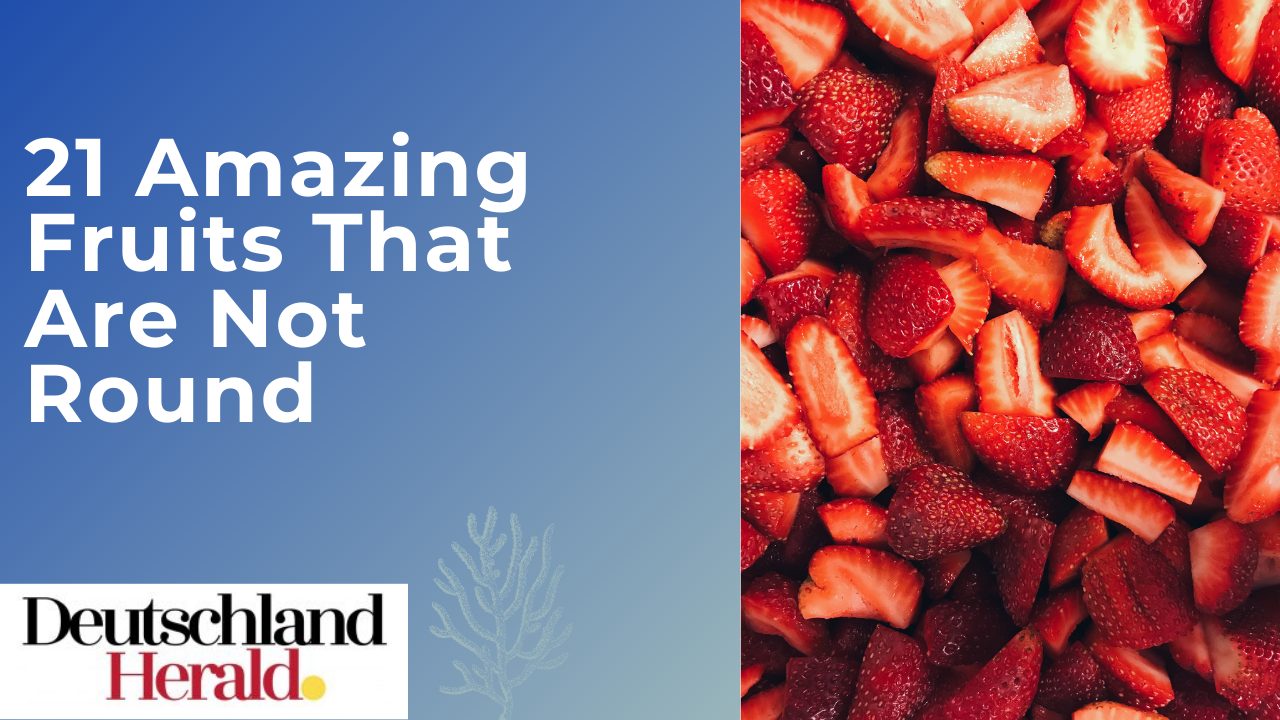
 Informative3 years ago
Informative3 years ago21 Amazing Fruits That Are Not Round
-

 Science3 years ago
Science3 years agoHow To Make a Dry Ice Bomb at Home? Risks and Precautions
-

 How to3 years ago
How to3 years agoHow to Put a Tampon On: Step by Step Guide
-

 How to3 years ago
How to3 years agoHere’s How to Know When The Oil Cartridge Is Empty
-

 Informative3 years ago
Informative3 years agoElf Ear Surgery: Cost, Procedure, and Risks
-

 How to3 years ago
How to3 years agoFixed: The Torrent You Are Trying To Add is Already in The List
-

 How to3 years ago
How to3 years agoHow To Thaw Frozen Pipes Underground
-

 How to3 years ago
How to3 years agoSolved: How to Change Your Age on TikTok? (2021)